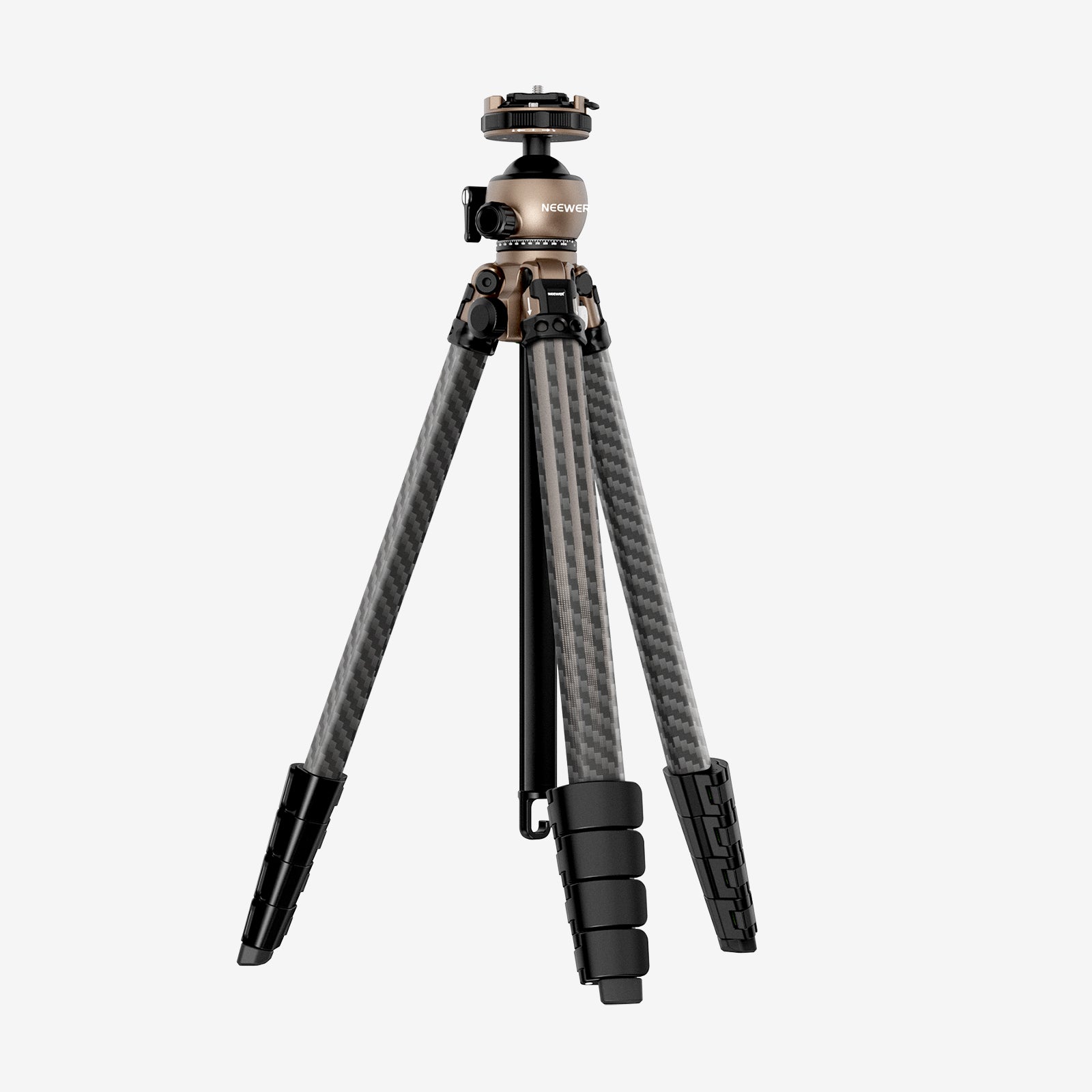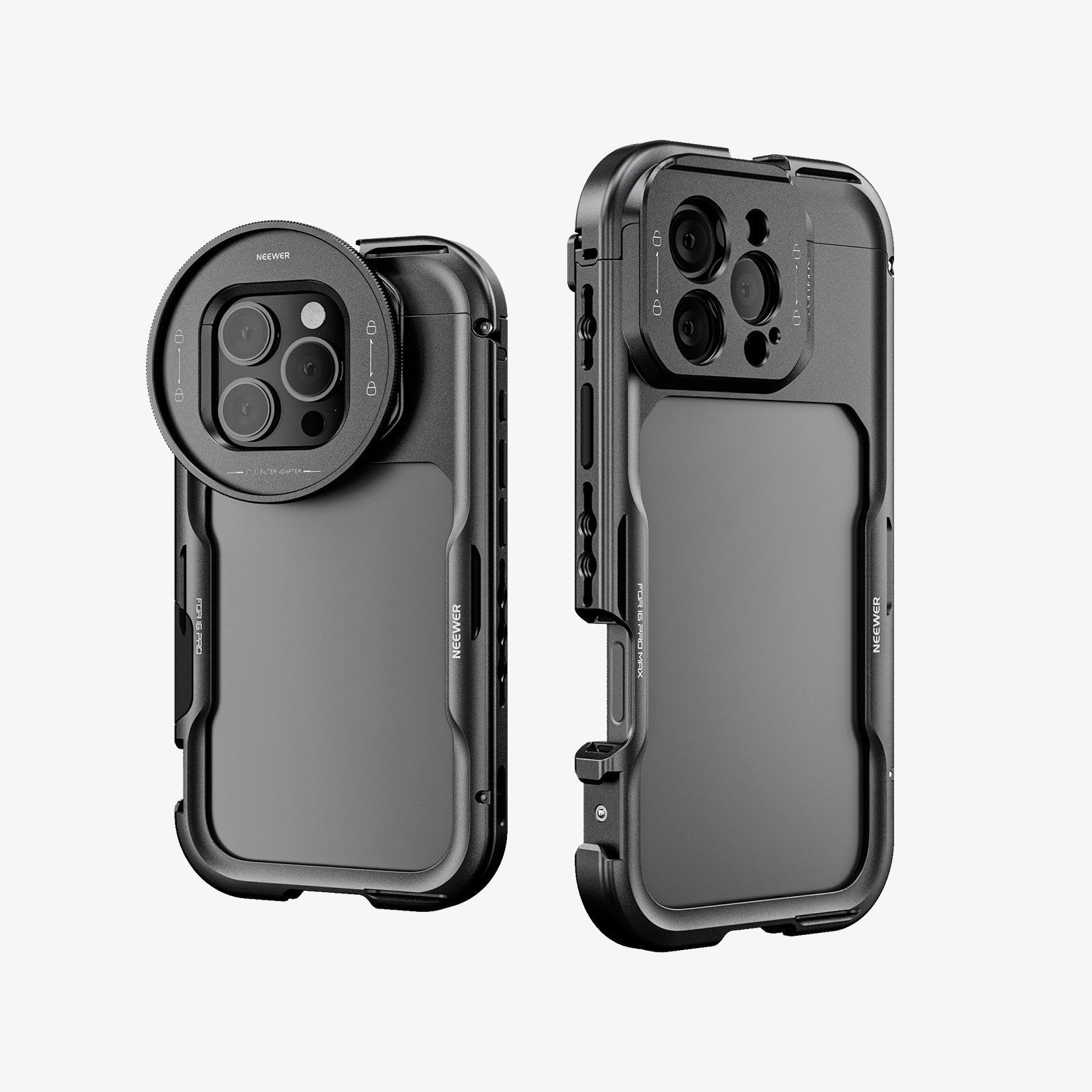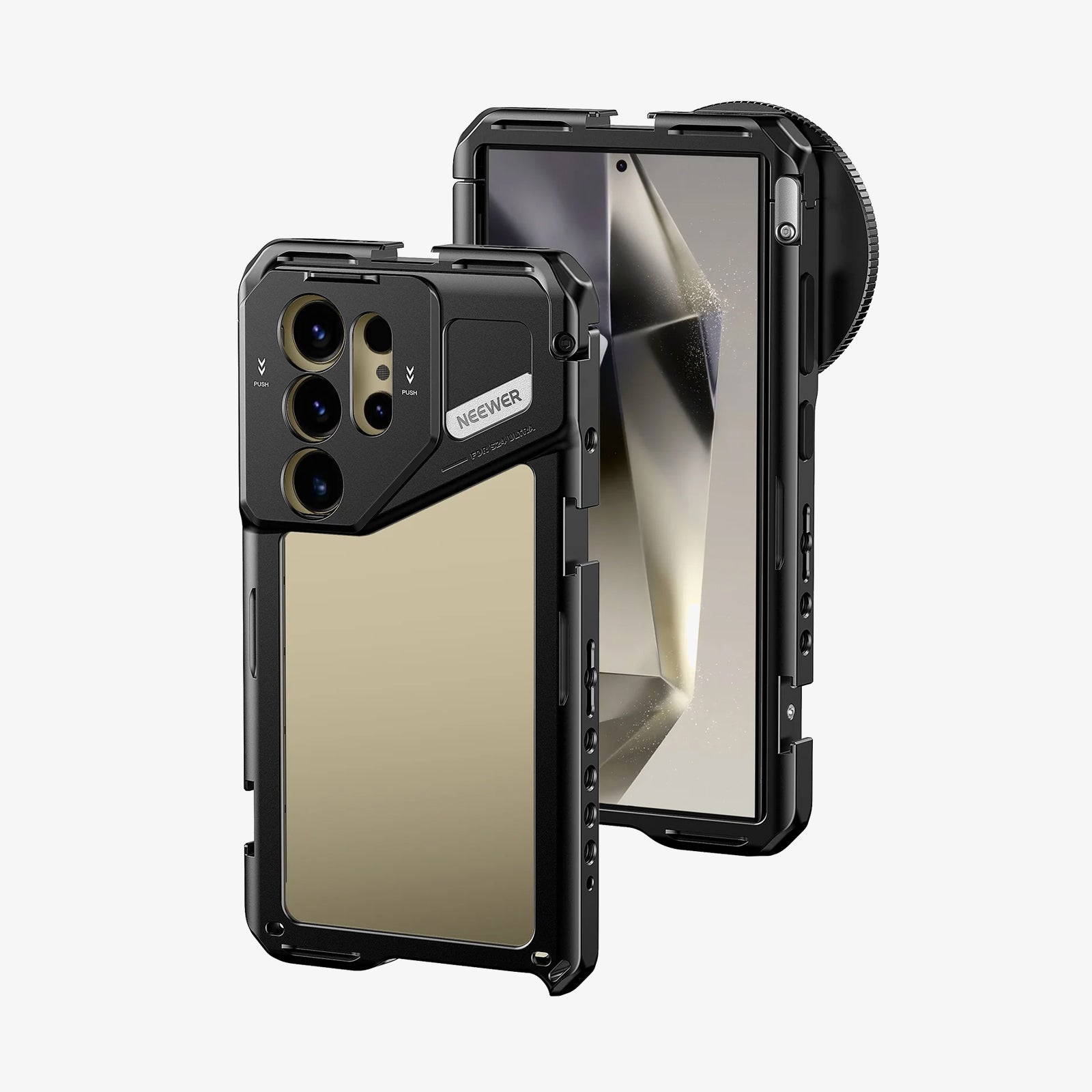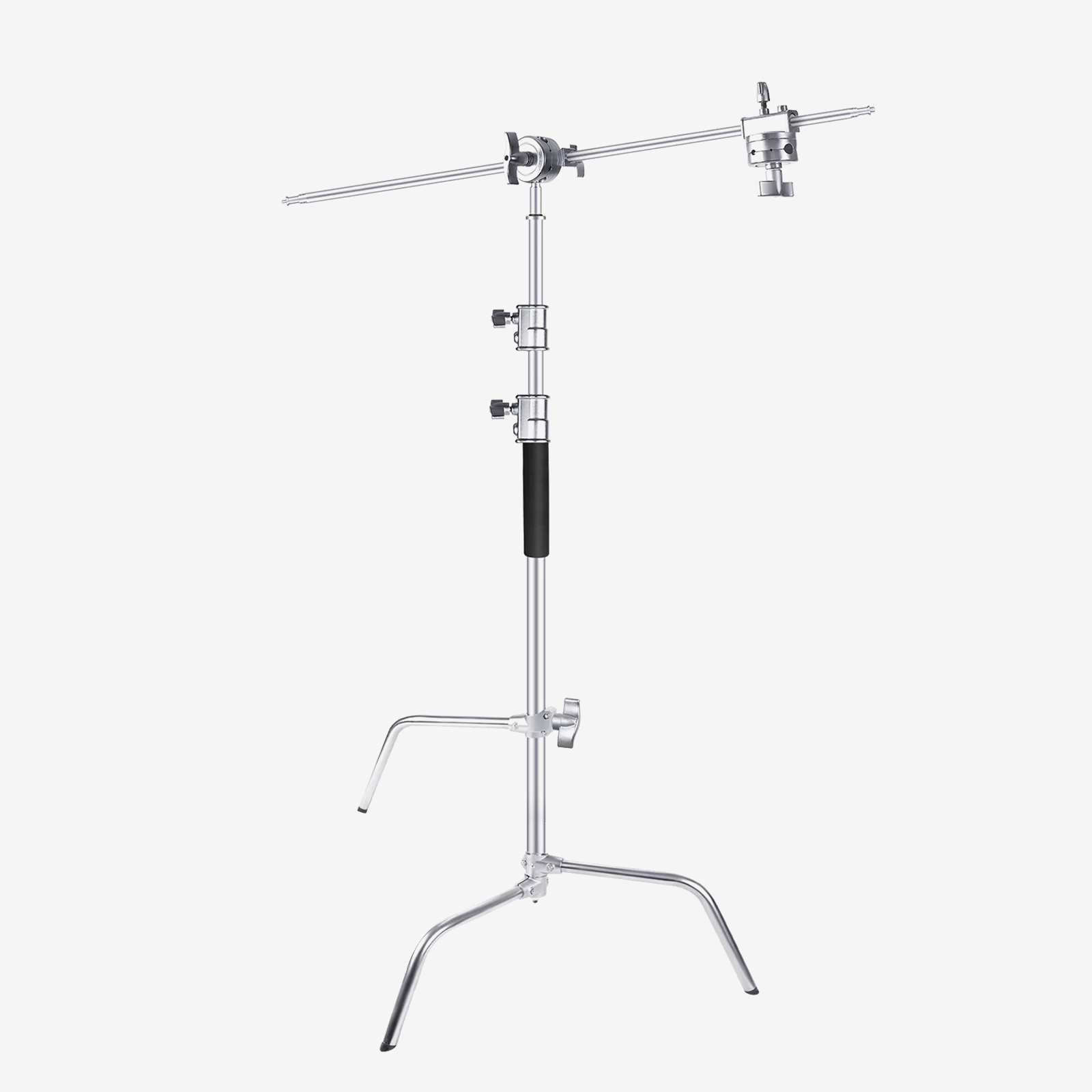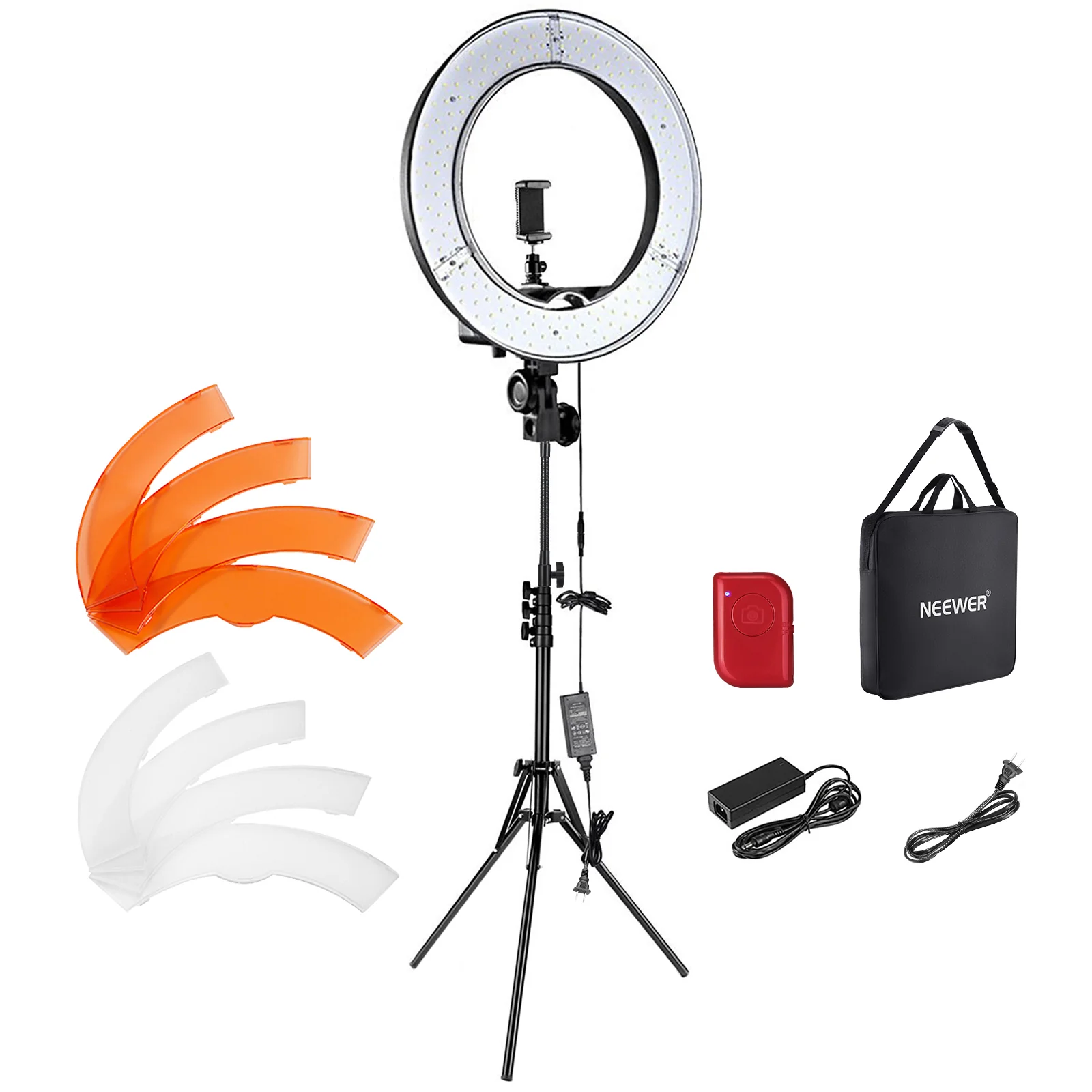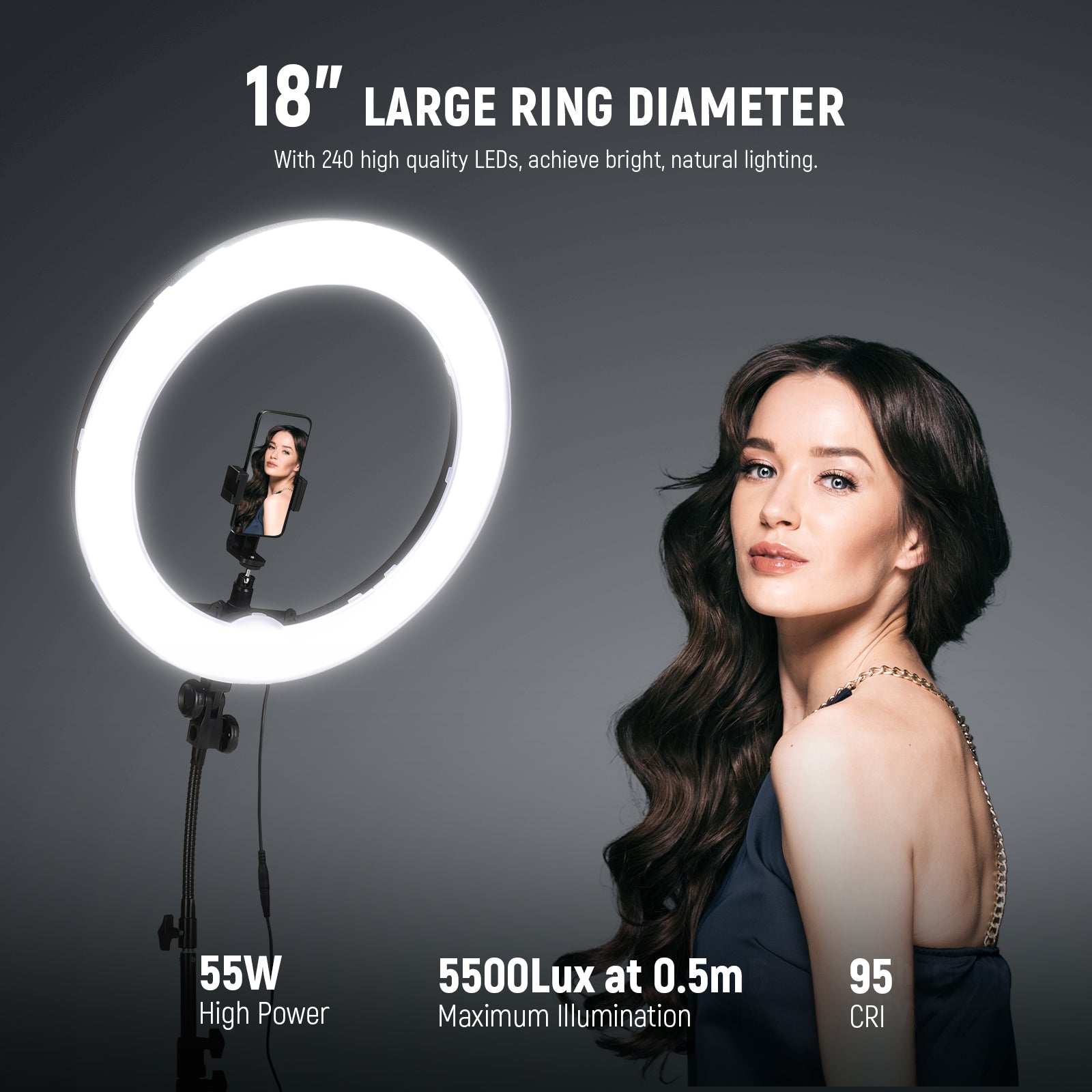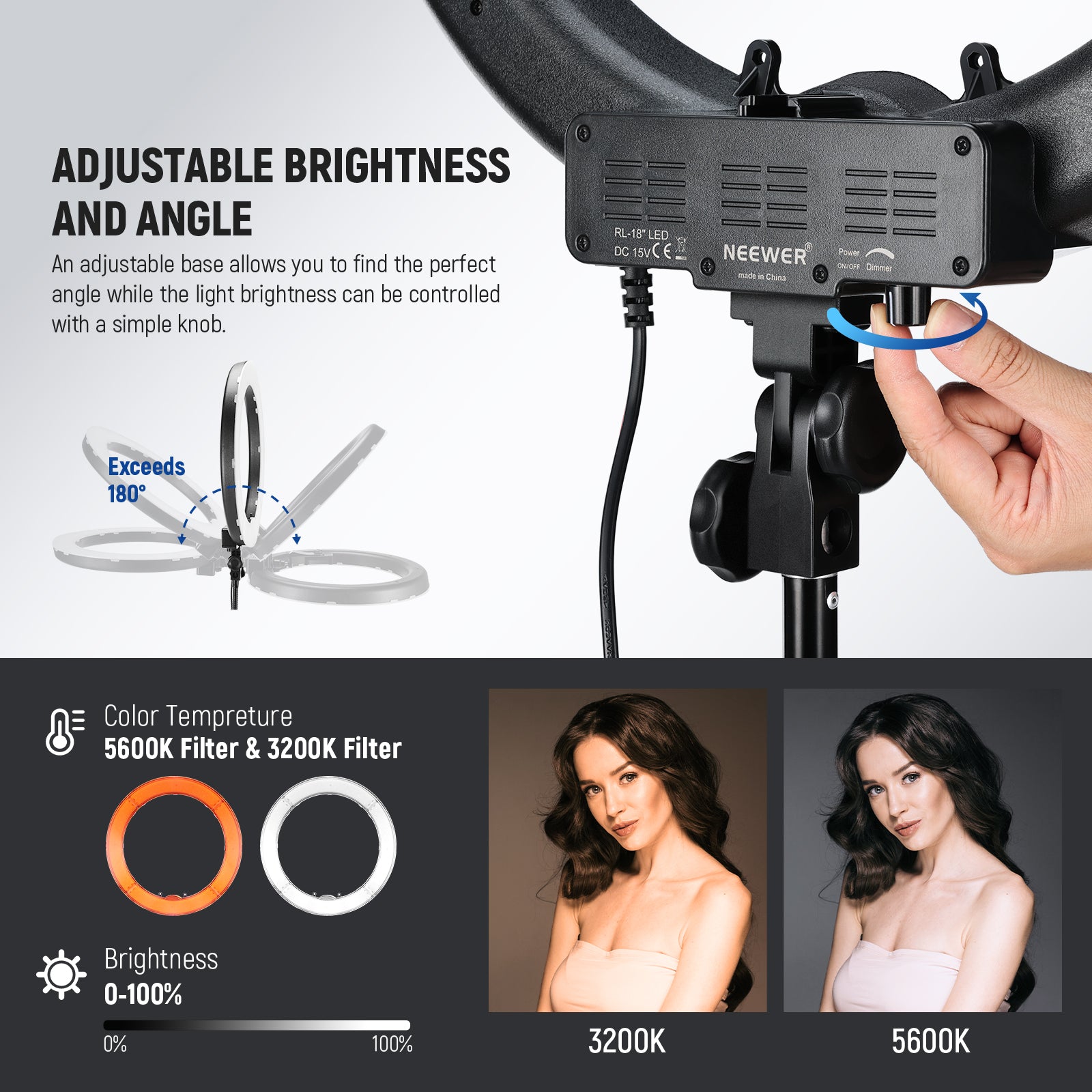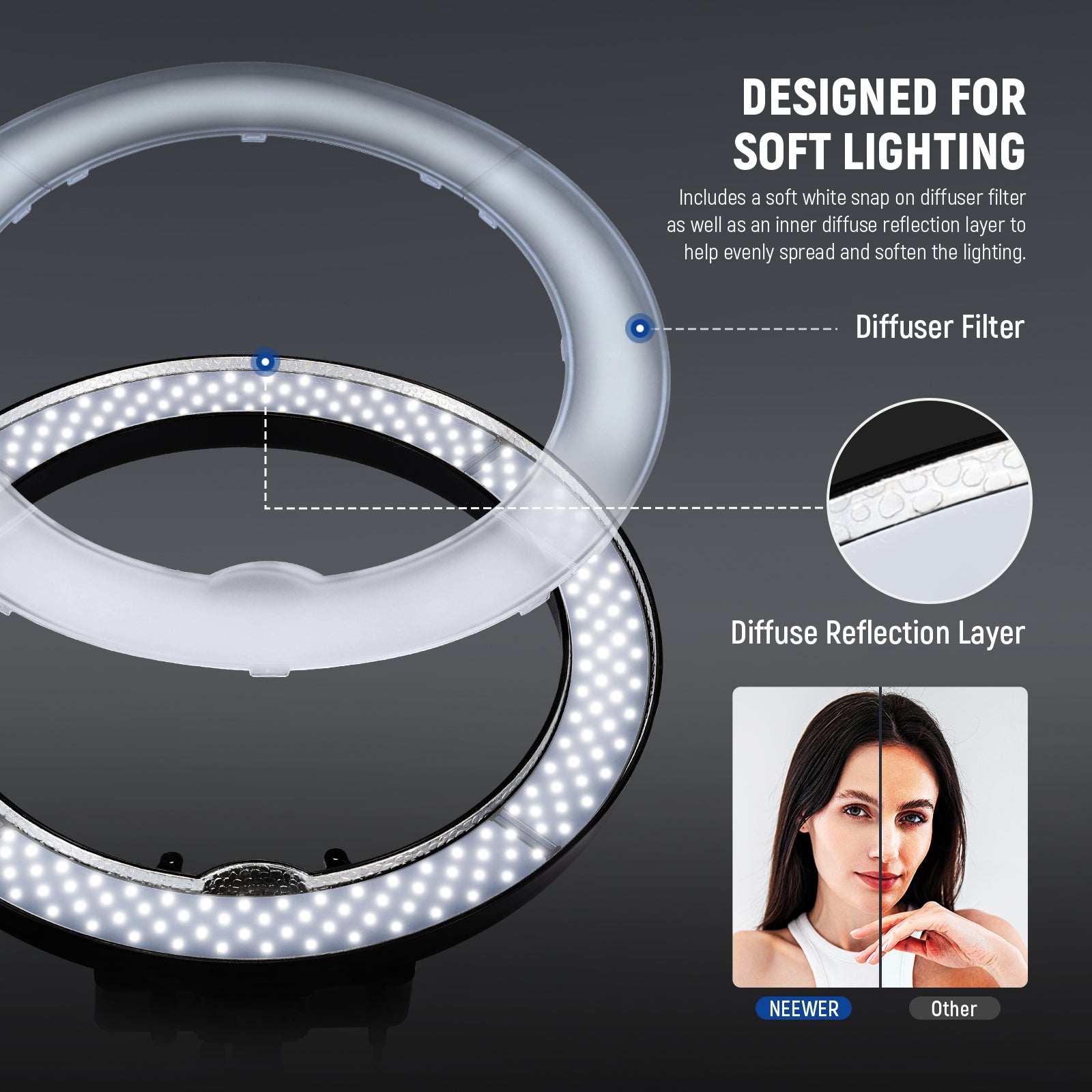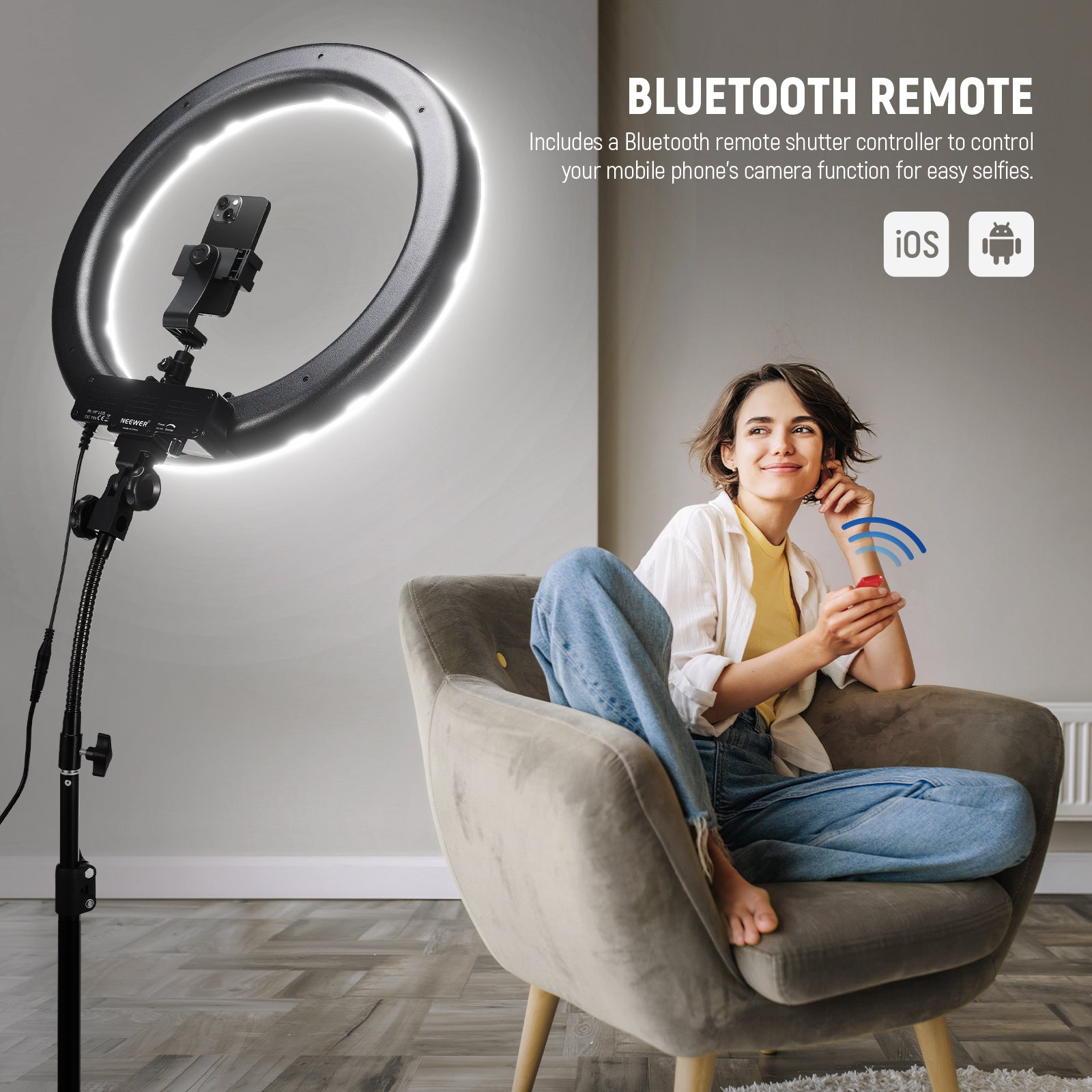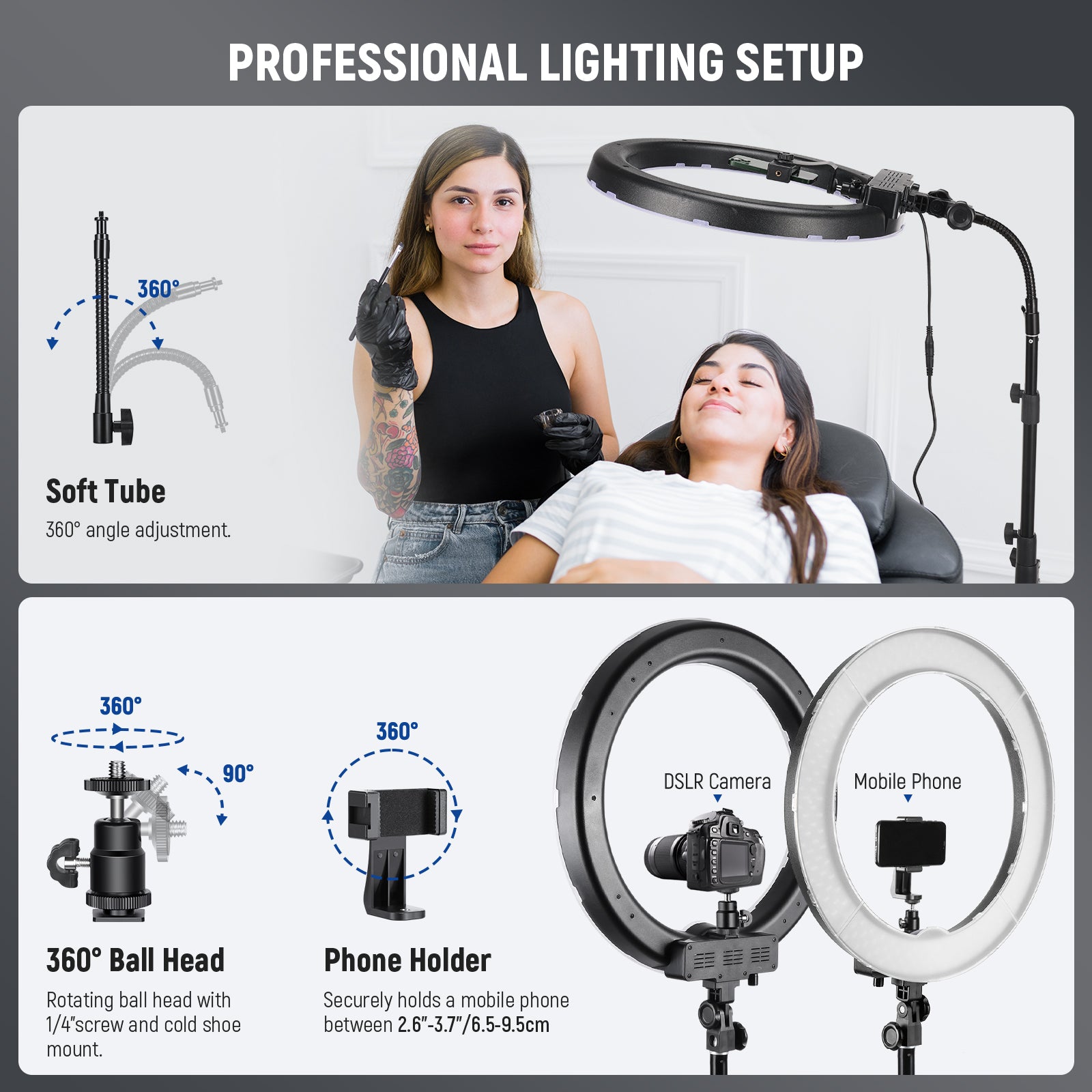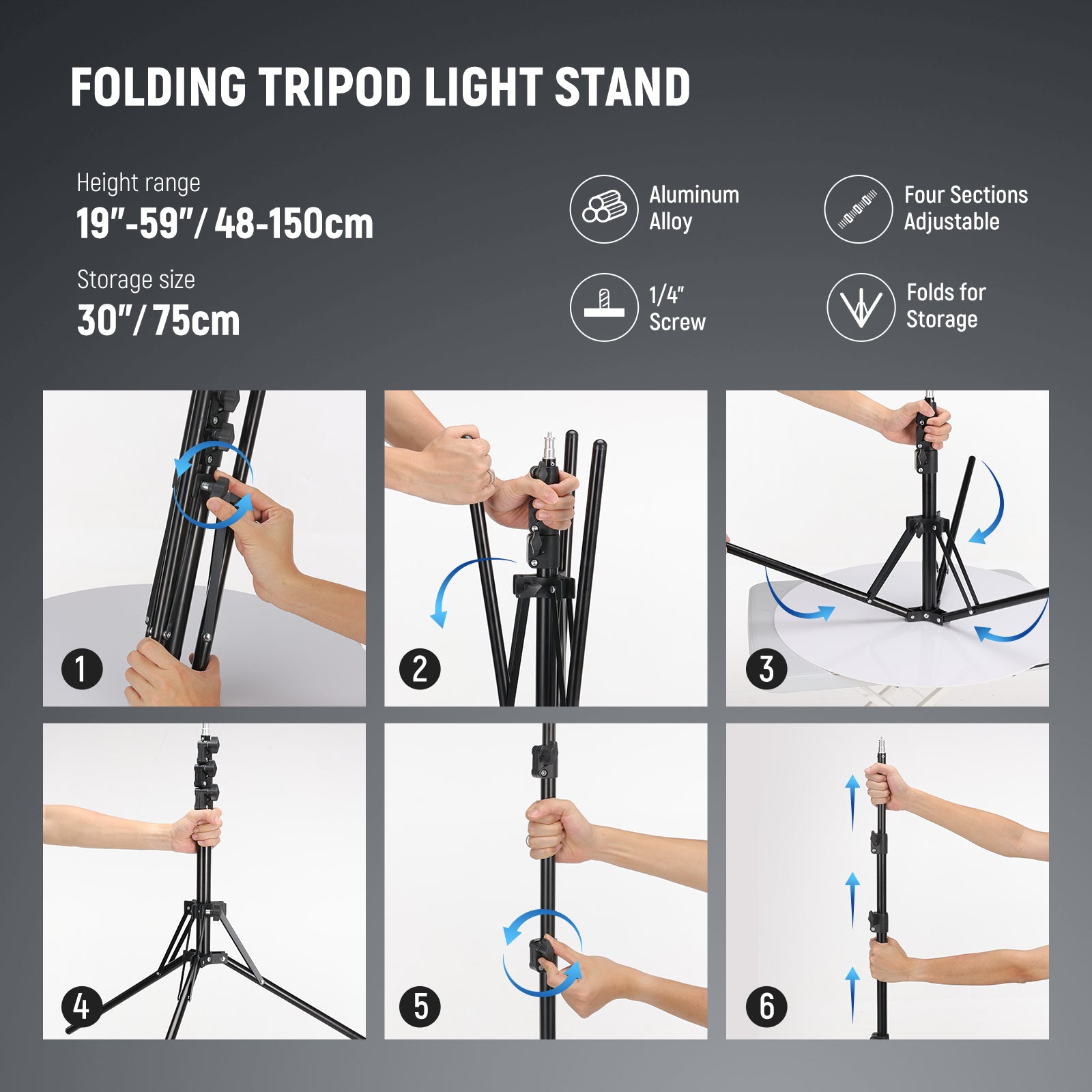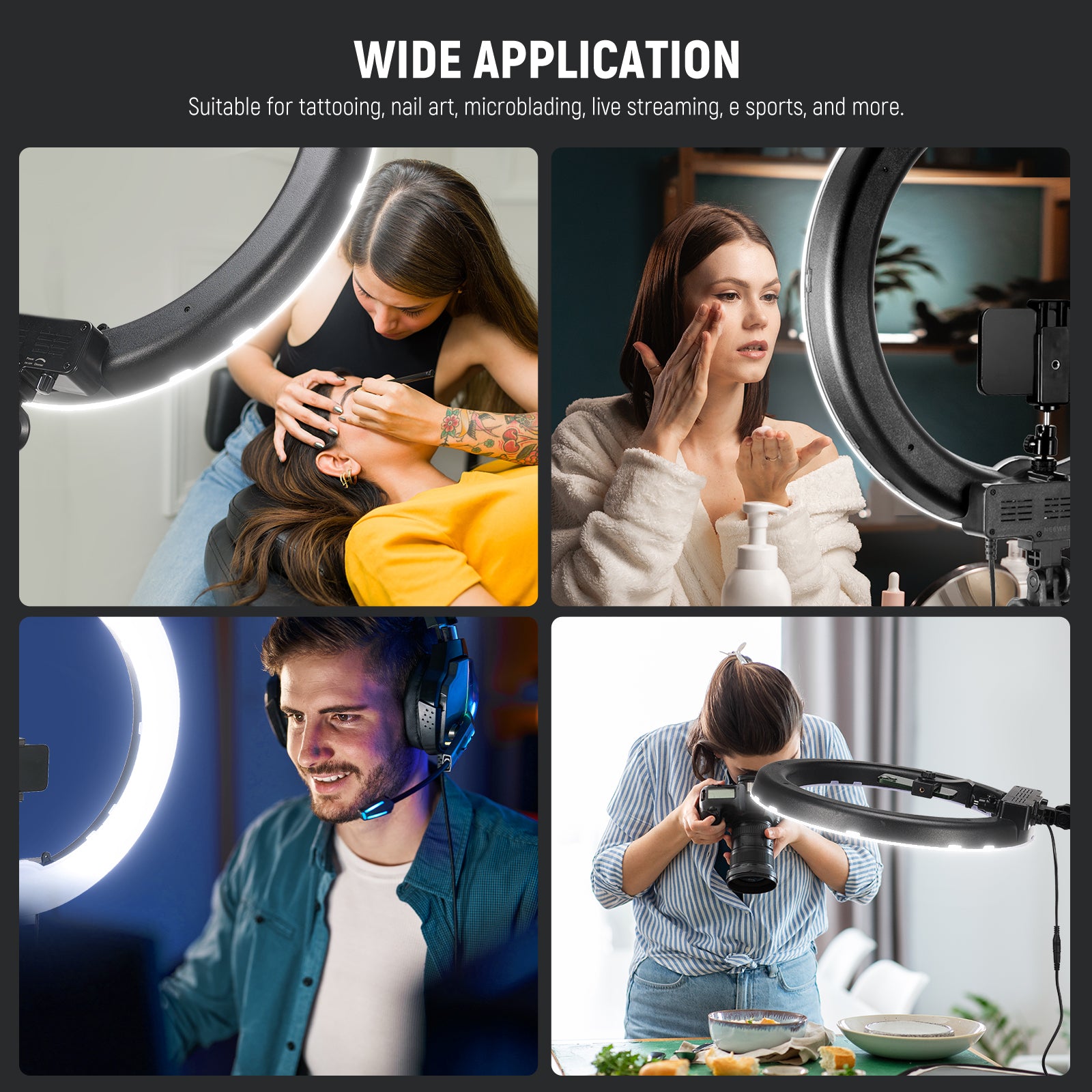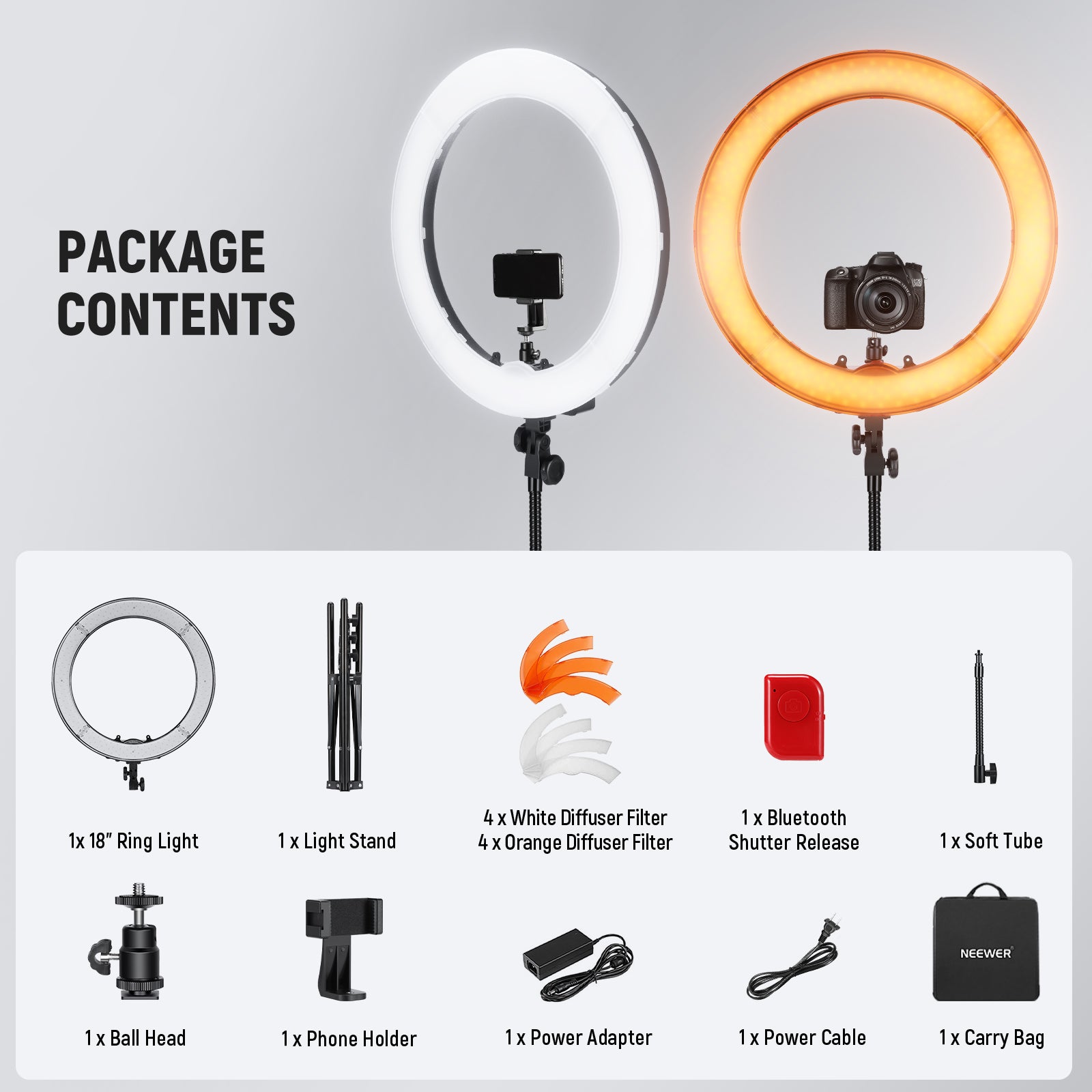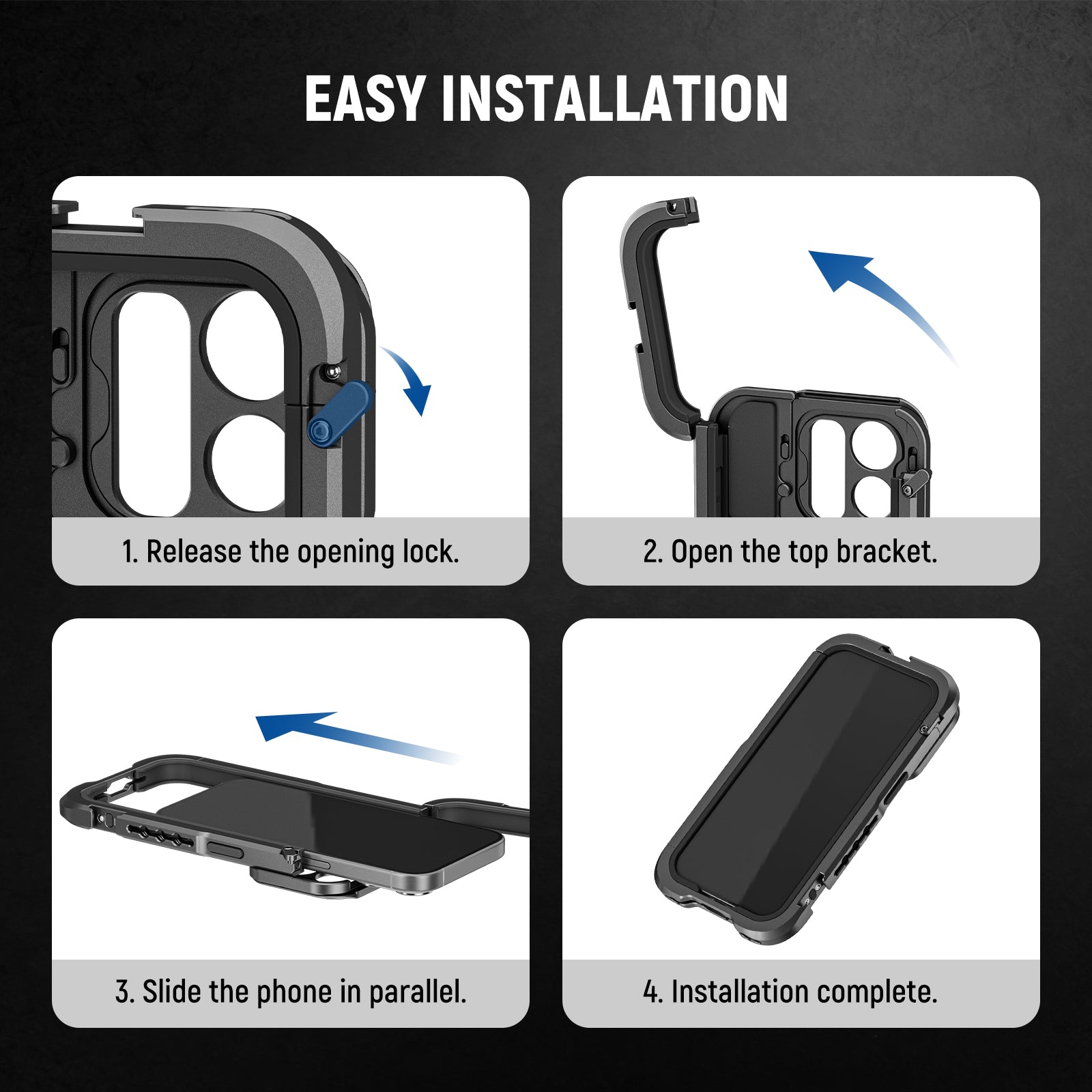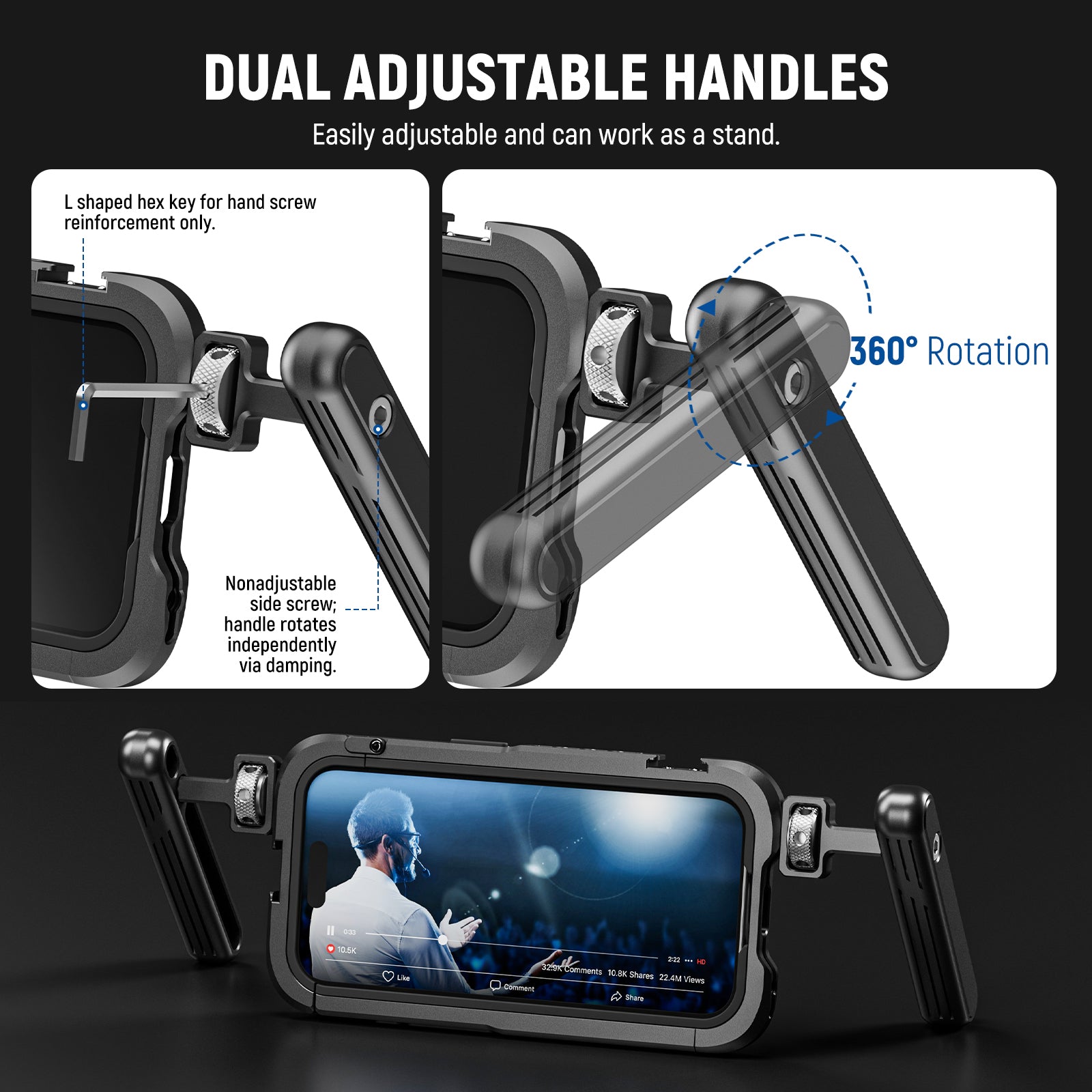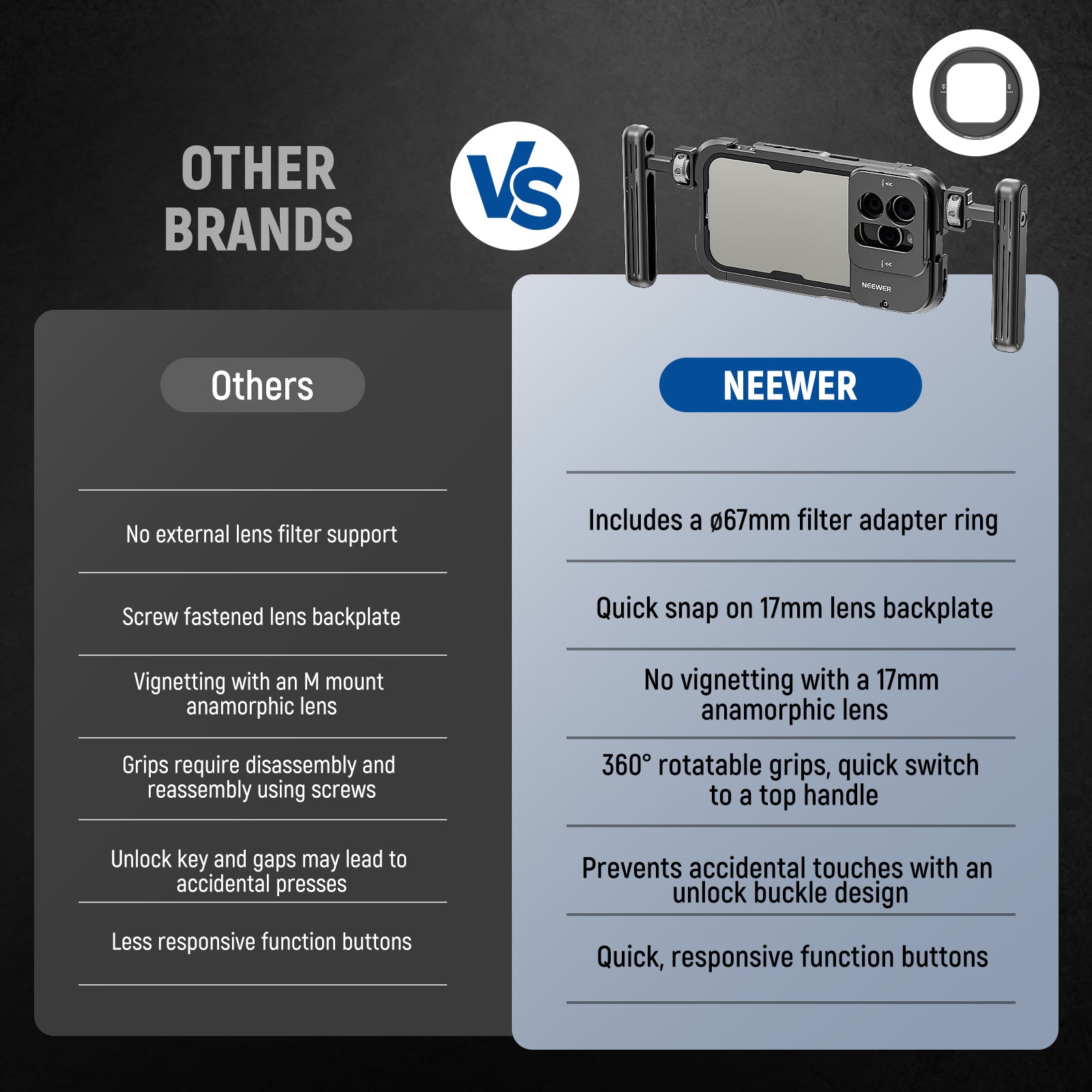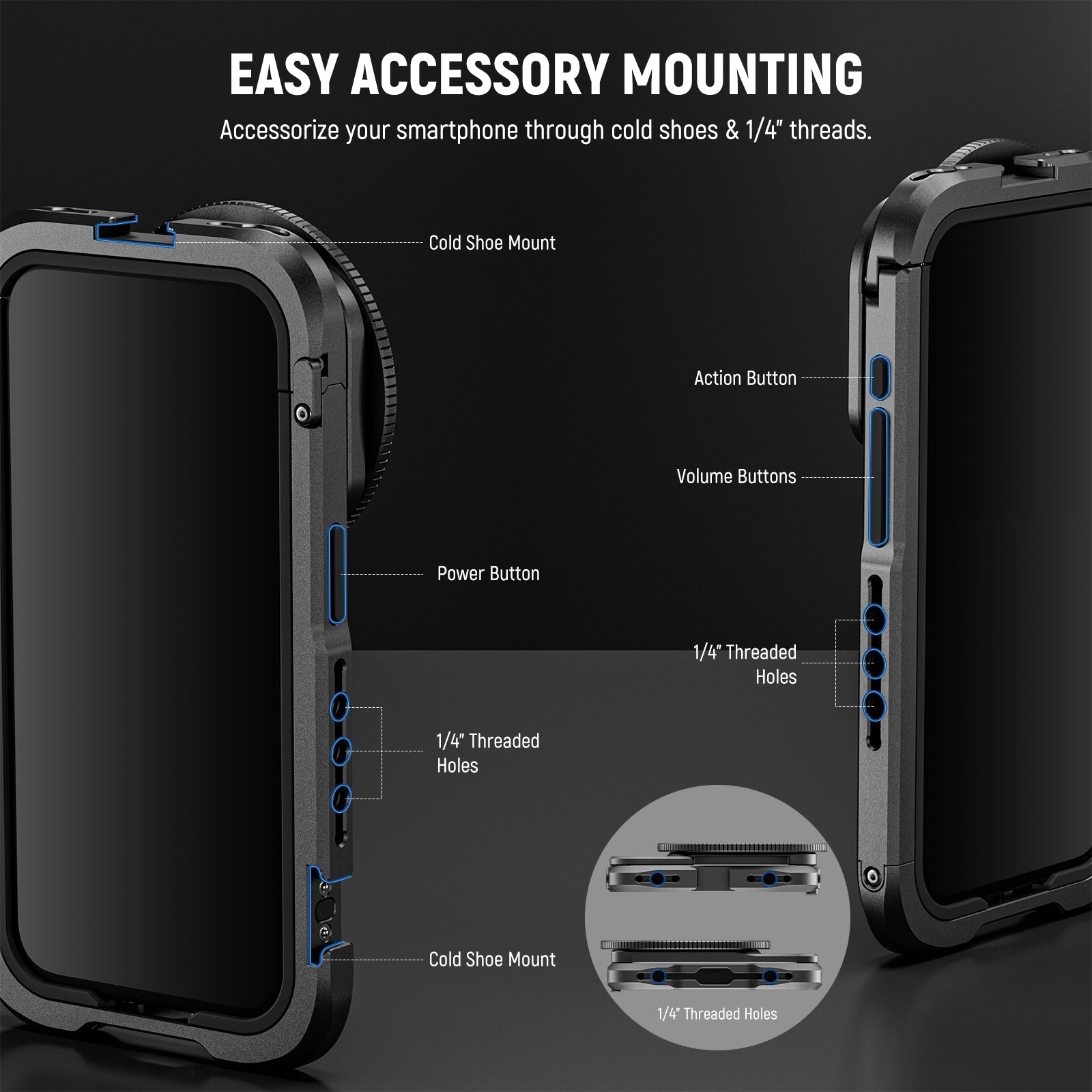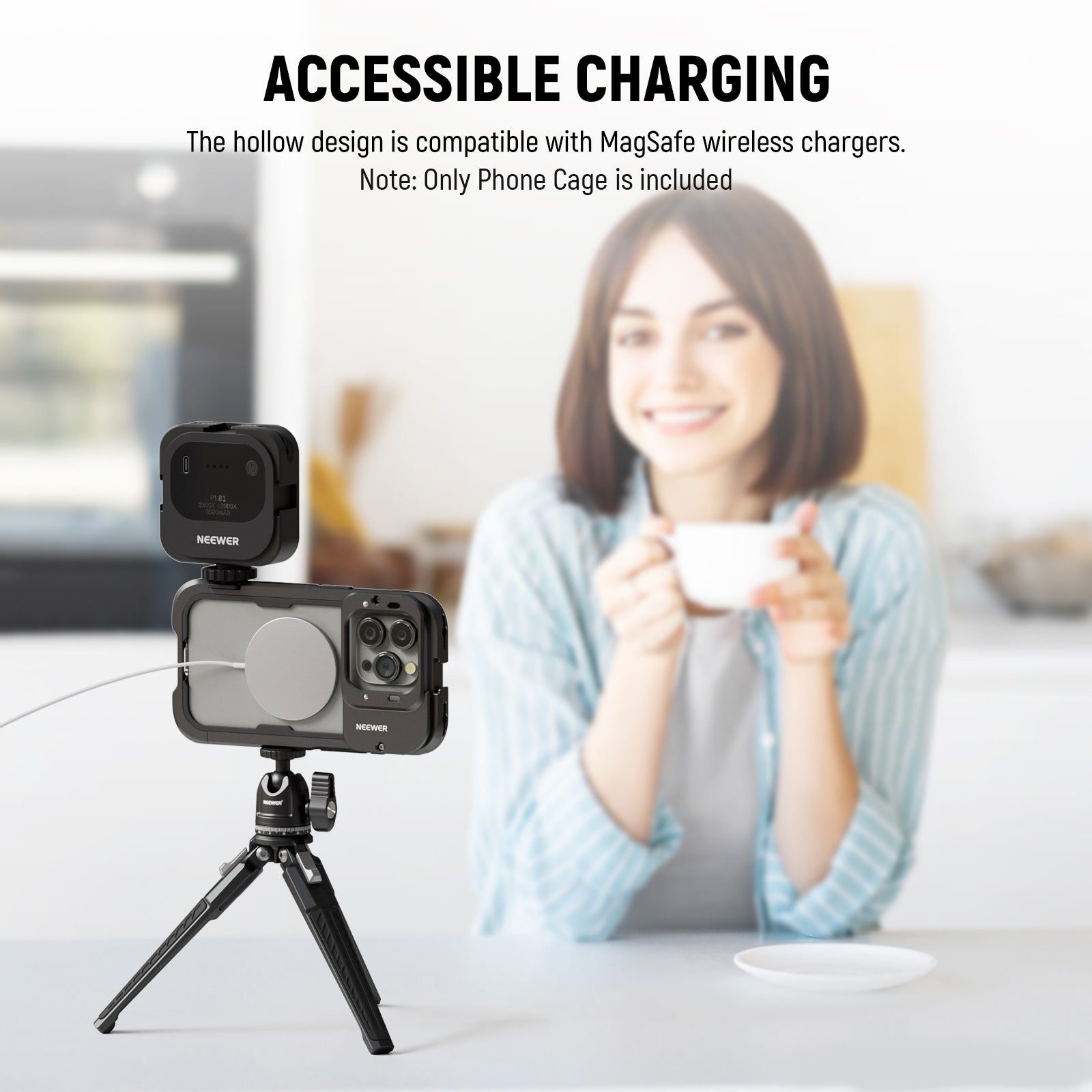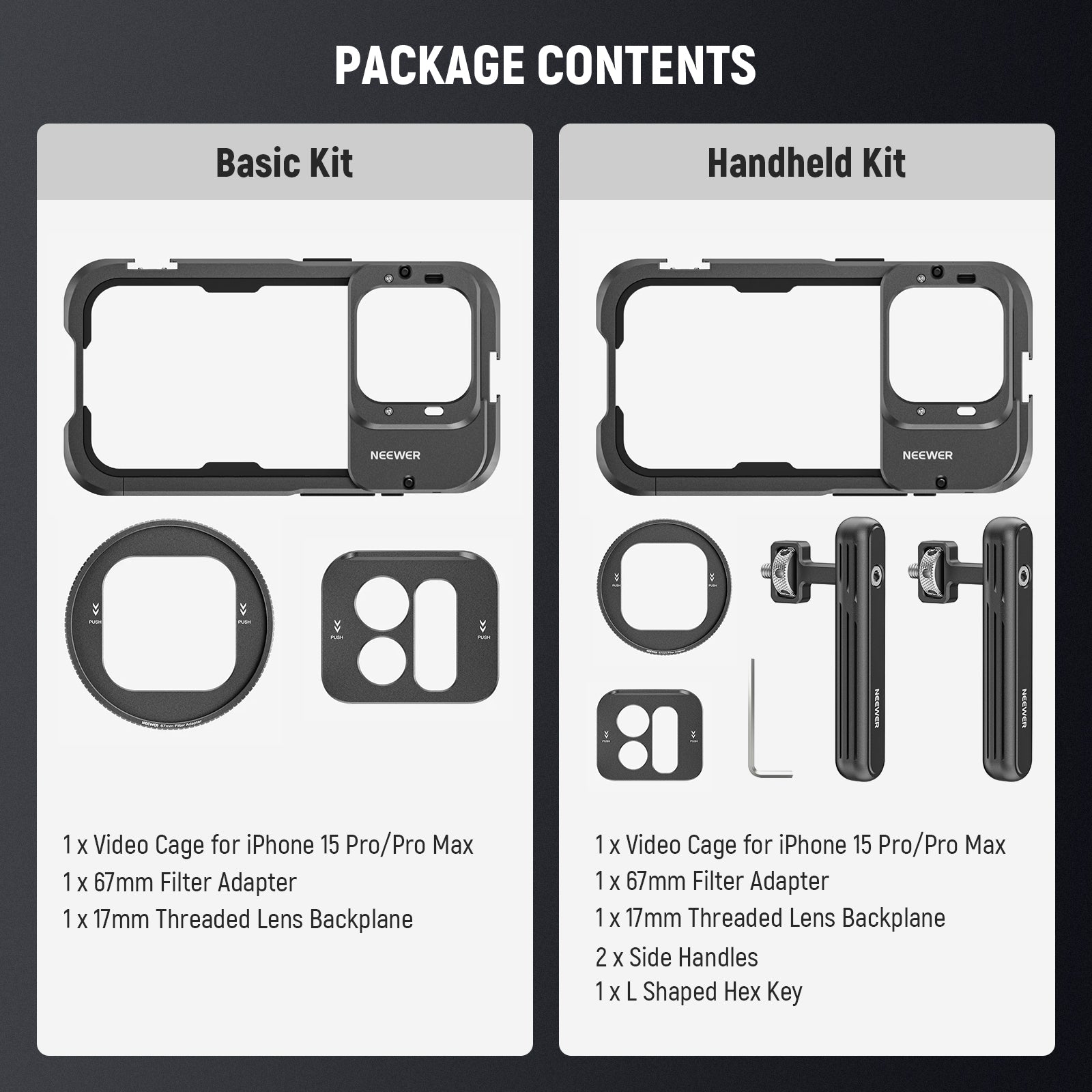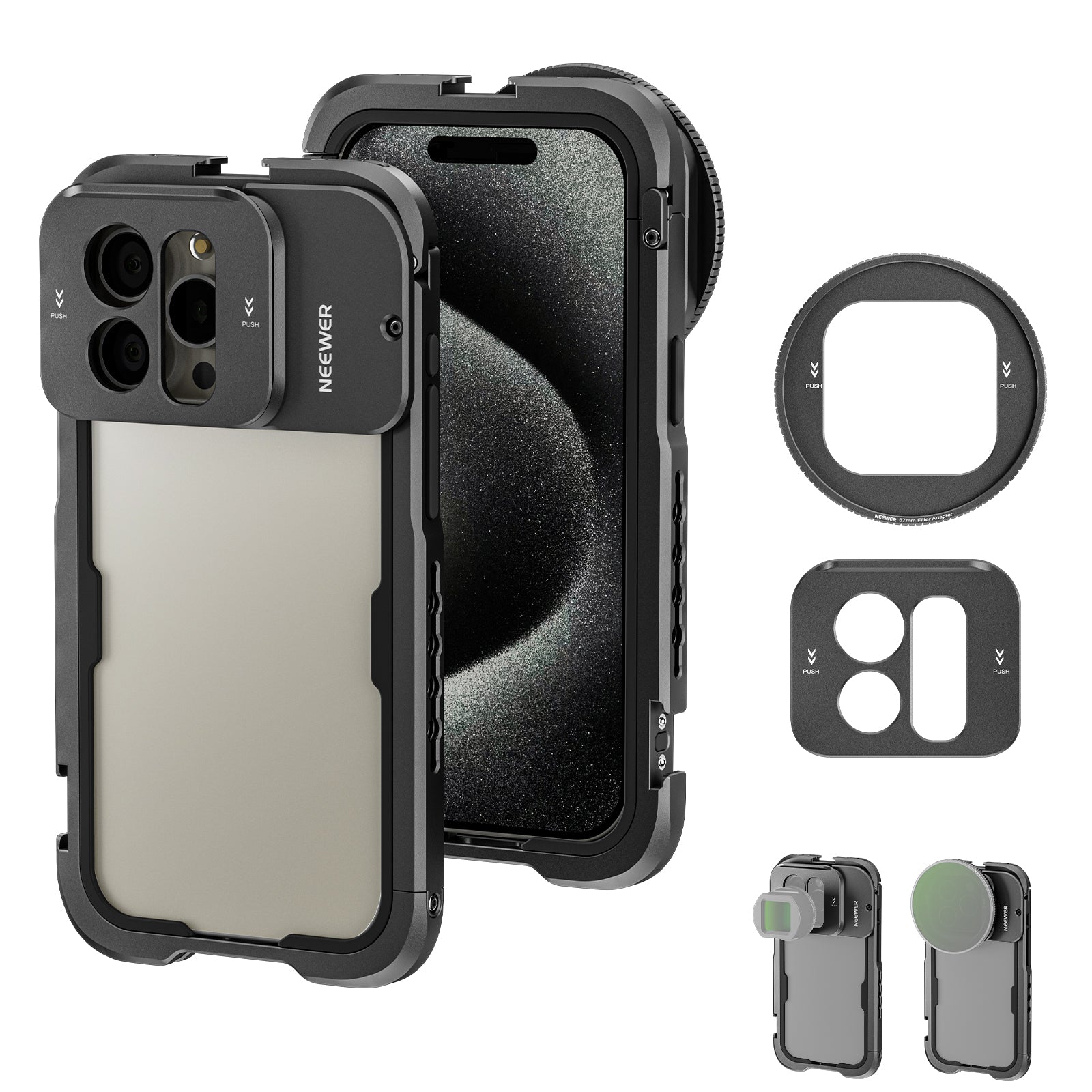What is a light stick? Simply put, any light fixture that shapes like a stick can be called a light stick. In 2021, a series of videos where celebrities and influencers used lightsabers to cosplay as Star Wars characters went viral on TikTok. The lightsabers in their hands were nothing but light sticks.

What Can Light Sticks Do?
Light sticks are compact and lightweight. They can connect to light stands as fixed light sources or be held in your hand for in-movement fill lights. It is unlimited how light sticks can be positioned, so you can enjoy absolute flexibility in lighting setups. They are super easy to use and allow you to create content freely. In general, light sticks are powered by batteries for outdoor on-the-go lighting and AC adapters for long-period indoor lighting.

Based on the advantages mentioned above, light sticks are applicable to a wide variety of purposes. More than lightsabers, they can work as facial fill lights, highlights, contour lights, mood lights, and help take light painting photography. No matter you are a vlogger, a photographer, or just want to post something interesting on your social media platforms, using light sticks effectively can help you take innovative, professional, and expressive photoshoots that stand out from the crowd.
How to Choose Light Sticks and What Parameters Matter?
Now that light sticks are so versatile, what exactly should we pay attention to when choosing one? Here are the 3 major elements that decide whether a light stick is good or not.
No 1. Color Rendering
Color rendering is a measurement of how faithfully the light source reveals an object’s color. The light source with high color rendering can accurately restore the color while the light source with low color rendering will cause chromatic aberration. We presume that the natural sunlight has a color rendering of 100, and all objects under the sun appear in their most genuine colors. The lights we use in our everyday life have a color rendering under 80. That’s why the photos we take at night or in our room usually have unsatisfactory quality and color differences. It also explains why the pictures you see on online shopping websites are more appealing than the actual goods you receive.
How to Choose Light Sticks and What Parameters Matter?
Now that light sticks are so versatile, what exactly should we pay attention to when choosing one? Here are the 3 major elements that decide whether a light stick is good or not.
No 1. Color Rendering
Color rendering is a measurement of how faithfully the light source reveals an object’s color. The light source with high color rendering can accurately restore the color while the light source with low color rendering will cause chromatic aberration. We presume that the natural sunlight has a color rendering of 100, and all objects under the sun appear in their most genuine colors. The lights we use in our everyday life have a color rendering under 80. That’s why the photos we take at night or in our room usually have unsatisfactory quality and color differences. It also explains why the pictures you see on online shopping websites are more appealing than the actual goods you receive.

Color rendering is often represented by CRI (Color Rendering Index). CRI is an internationally recognized measure of the ability of a light source to reveal the colors of various objects faithfully compared to a natural light source (sunlight). In some cases, TLCI (Television Lighting Consistency Index), a measure introduced by the European Broadcasting Union, is also used for measuring the color rendering of a light source. The higher these two indexes are, the better the color rendering is, and the more vibrant and vivid your images will be.

When selecting a light stick, we need to pay much attention to its color rendering index because it fundamentally affects the quality of our photoshoots. The ideal values of CRI and TLCI should be over 90, and the NEEWER BH30SRGB Light Stick, BH20B Light Stick, and TL96 RGB Mini Light Stick boast a CRI of over 97. RGB1 Light Stick, our flagship product, features a CRI of 98+, which ensures incomparable color fidelity.
Besides, some parameters like color temperature and illuminance should not be overlooked. Color temperature can be understood as the color of light. It is a number measured in Kelvin (K). The higher it is, the “cooler” or whiter the light will be. Selecting the correct color temperature can save you tons of time for editing and make your work more efficient. Illuminance refers to the total luminous flux incident on a surface and how much the incident light illuminates the surface. The higher the illuminance, the brighter the light.
Besides, some parameters like color temperature and illuminance should not be overlooked. Color temperature can be understood as the color of light. It is a number measured in Kelvin (K). The higher it is, the “cooler” or whiter the light will be. Selecting the correct color temperature can save you tons of time for editing and make your work more efficient. Illuminance refers to the total luminous flux incident on a surface and how much the incident light illuminates the surface. The higher the illuminance, the brighter the light.

No 2. Portability and Expandability
After having a high-quality light source, now we need to focus on the portability and expandability of a light stick.
For frequent outdoor photographers, a light’s portability is an important consideration. Portability is determined by a light stick’s power supply methods, length, and weight. For outdoor shooting, portability is the key. Because photography, in a sense, is a labor-intensive activity. More accessories might be required if you want more professional and superior photos. Light sticks are usually powered by built-in rechargeable batteries, external batteries (with dedicated battery plates), and AC adapters. The cordless power supply allows you to move the light stick without restrictions, for example, the light stick can illuminate the model from any perspective in portrait photography and short video shooting. Some light sticks like NEEWER BH30SRGB and TL96RGB can connect to a power bank for conveniently receiving power. Length and weight are also selectable according to your preferences.
After having a high-quality light source, now we need to focus on the portability and expandability of a light stick.
For frequent outdoor photographers, a light’s portability is an important consideration. Portability is determined by a light stick’s power supply methods, length, and weight. For outdoor shooting, portability is the key. Because photography, in a sense, is a labor-intensive activity. More accessories might be required if you want more professional and superior photos. Light sticks are usually powered by built-in rechargeable batteries, external batteries (with dedicated battery plates), and AC adapters. The cordless power supply allows you to move the light stick without restrictions, for example, the light stick can illuminate the model from any perspective in portrait photography and short video shooting. Some light sticks like NEEWER BH30SRGB and TL96RGB can connect to a power bank for conveniently receiving power. Length and weight are also selectable according to your preferences.

Expandability is whether the light stick can connect to a variety of accessories. In some situations where moving light sources are not necessary, we can mount the light stick on a light stand and go hands-free. Apart from stand mounting, some light sticks with internal magnets (TL96RGB & RGB1) can adhere to metallic surfaces, which makes your lighting setups even more flexible.

No 3. Light Control Accessories
It is time to think about how to make the operation convenient after owning a high-quality, portable light source. For a one-person crew, handy light control accessories mean everything because they can greatly save your time and energy. Imagine it, in the studio, the number of lights you use is more than one. If you have to manually adjust those lights one by one, even though each takes you only 30s, the time accumulate will be staggering. For those who need their lights changing constantly during the shooting session, the situation will certainly be too painful to think about.
To solve this problem, many manufacturers have launched their own light control accessories, such as 2.4G remotes which allow you to group-control numerous lights when they are set on the same channel, or light control apps that enable wireless remote control on your phone and let you build a smart light matrix or effortless, high-efficiency light control with one tap.
It is time to think about how to make the operation convenient after owning a high-quality, portable light source. For a one-person crew, handy light control accessories mean everything because they can greatly save your time and energy. Imagine it, in the studio, the number of lights you use is more than one. If you have to manually adjust those lights one by one, even though each takes you only 30s, the time accumulate will be staggering. For those who need their lights changing constantly during the shooting session, the situation will certainly be too painful to think about.
To solve this problem, many manufacturers have launched their own light control accessories, such as 2.4G remotes which allow you to group-control numerous lights when they are set on the same channel, or light control apps that enable wireless remote control on your phone and let you build a smart light matrix or effortless, high-efficiency light control with one tap.

Last but not least, we need to consider the power and material. Under the same circumstance, the higher power means better results, also more energy consumption, of course. While the material affects not only how the product feels to the touch but also the heat dissipation. Generally speaking, metal ensures better heat dissipation and a longer lifespan of the light sticks.
Here is the comparison chart of four NEEWER light sticks. Combined with the introductions above, it can help you determine which light sticks will you suit you best.
Here is the comparison chart of four NEEWER light sticks. Combined with the introductions above, it can help you determine which light sticks will you suit you best.


